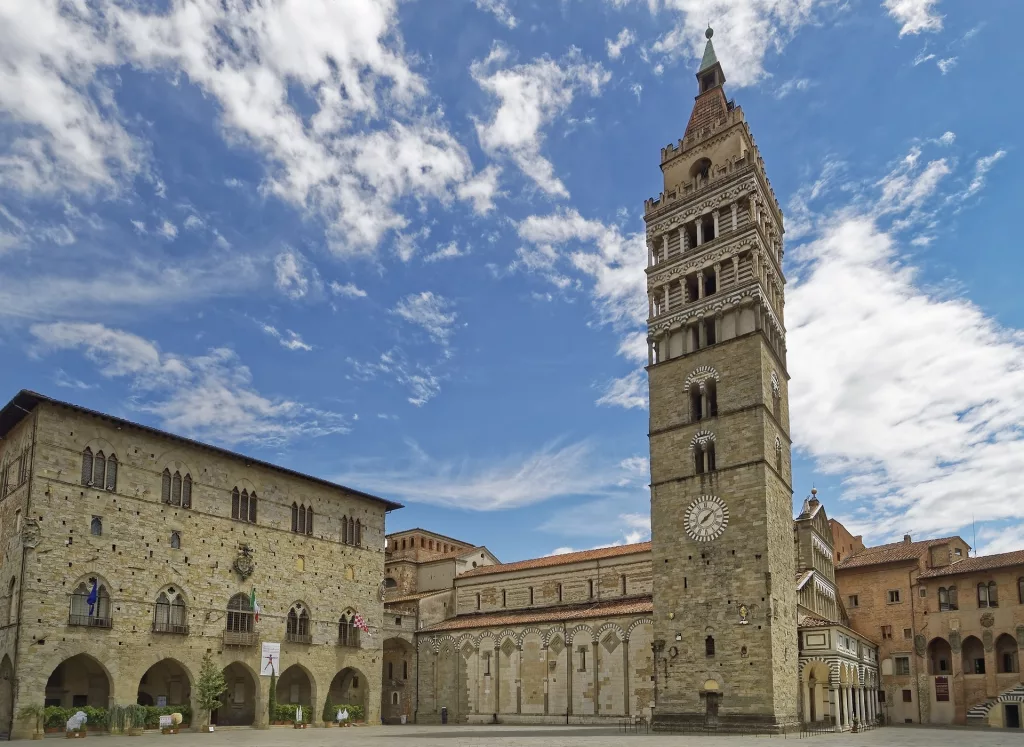Known for its entrepreneurial activities (nursery and handcraft), Pistoia is a city of art that arose in Roman times, with a historic center of medieval origin.
It was named the Italian capital of culture in 2017.
It experienced its heyday between the 12th and 13th centuries. The treasures, enclosed within the still visible fourteenth-century walls, earned it the title of city of art.
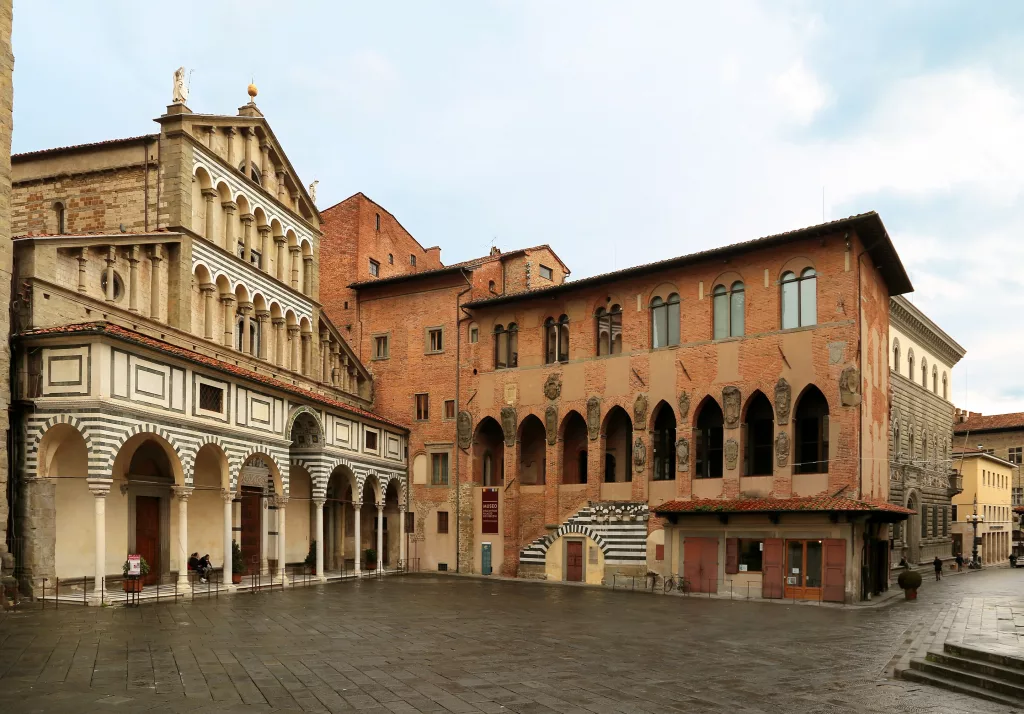

Piazza del Duomo brings together the most important buildings: the Cathedral of San Zeno, the Baptistery of San Giovanni, the Ancient Palazzo dei Vescovi, the Palazzo di Giano, seat of the Municipality, and the Palazzo del Podestà, the ancient and current seat of the Court.
Piazza della Sala, political center in the Lombard era, with the Pozzo del Leoncino, is one of the symbols of the city. Today it is a very popular meeting place: the fruit and vegetable market is held here and there are historic bars and shops.
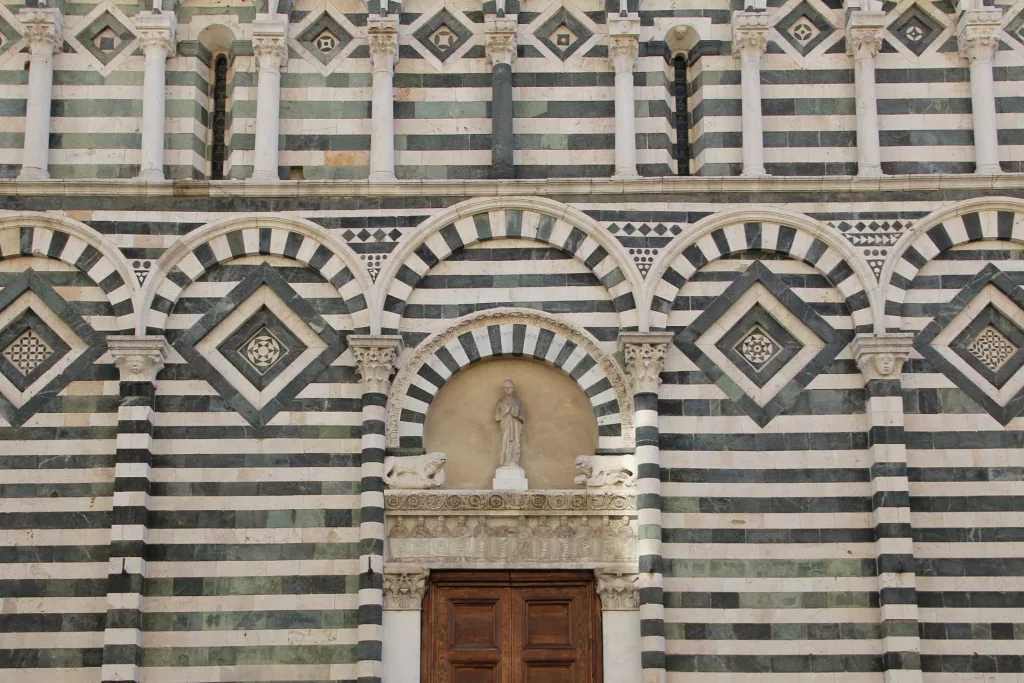

The churches of San Giovanni Fuorcivitas, Sant’andrea, San Bartolomeo and San Pier Maggiore are wonderful expressions of Pistoia Romanesque architecture.
Renaissance Pistoia is instead represented by the Basilica of the Madonna dell’Umiltà, of which the dome by Vasari stands out, and by the loggia of the Spedale del Ceppo, decorated with a polychrome ceramic frieze from the Della Robbia school.
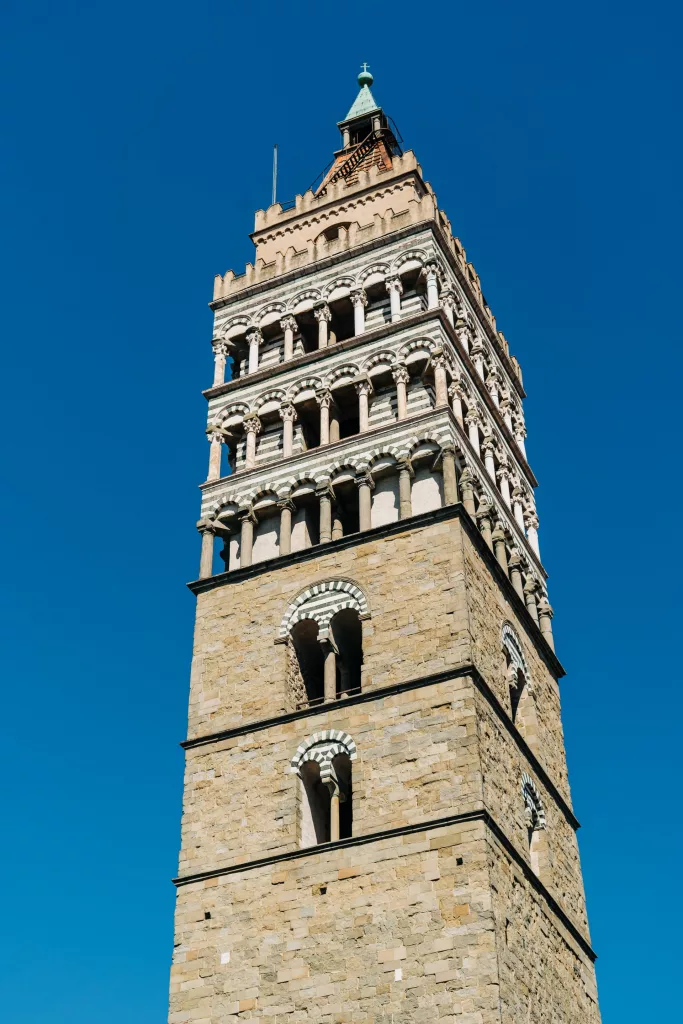

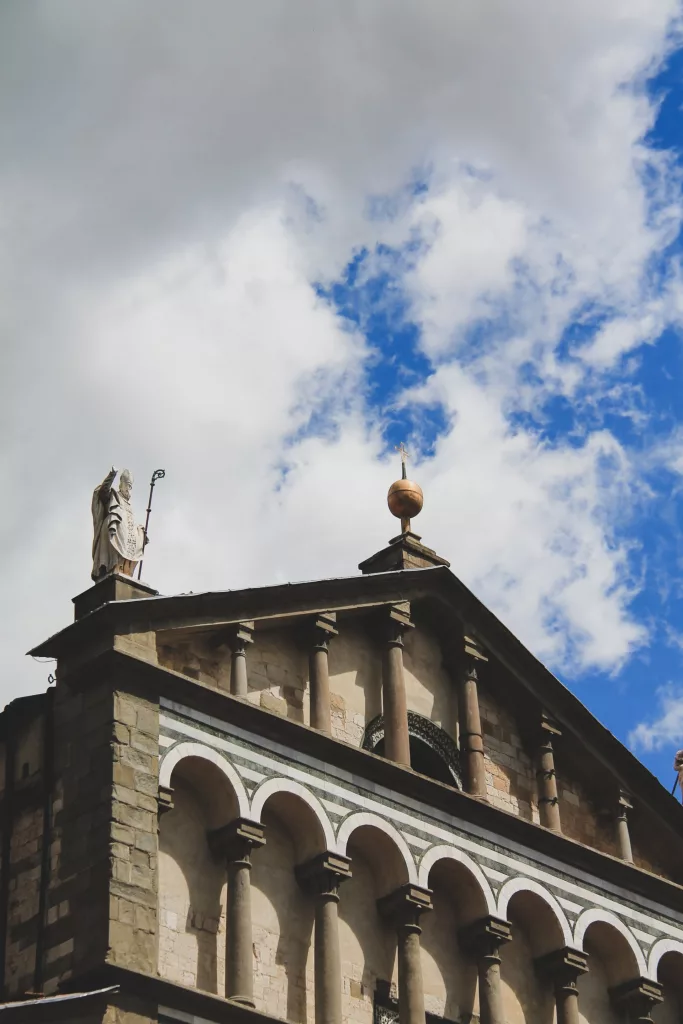

Themuseum offer mirrors the historical and cultural wealth of Pistoia: from the most ancient art with the Civic Museum of Ancient Art, the Spedale del Ceppo Museum, the Ancient Palazzo dei Vescovi, the Rospigliosi Museum and the Diocesan Museum, modern art with the Museum of the Twentieth Century and Contemporary Art in Palazzo Fabroni, the Fernando Melani Home-studio, the Marino Marini Museum, the Giovanni Michelucci Documentation Center, the museums of Palazzo de’ Rossi and Palazzo Buontalenti, up to realities linked to the history of the area such as the Embroidery Museum, the Luigi Tronci Foundation and the Pistoia Sotterranea underground itinerary.
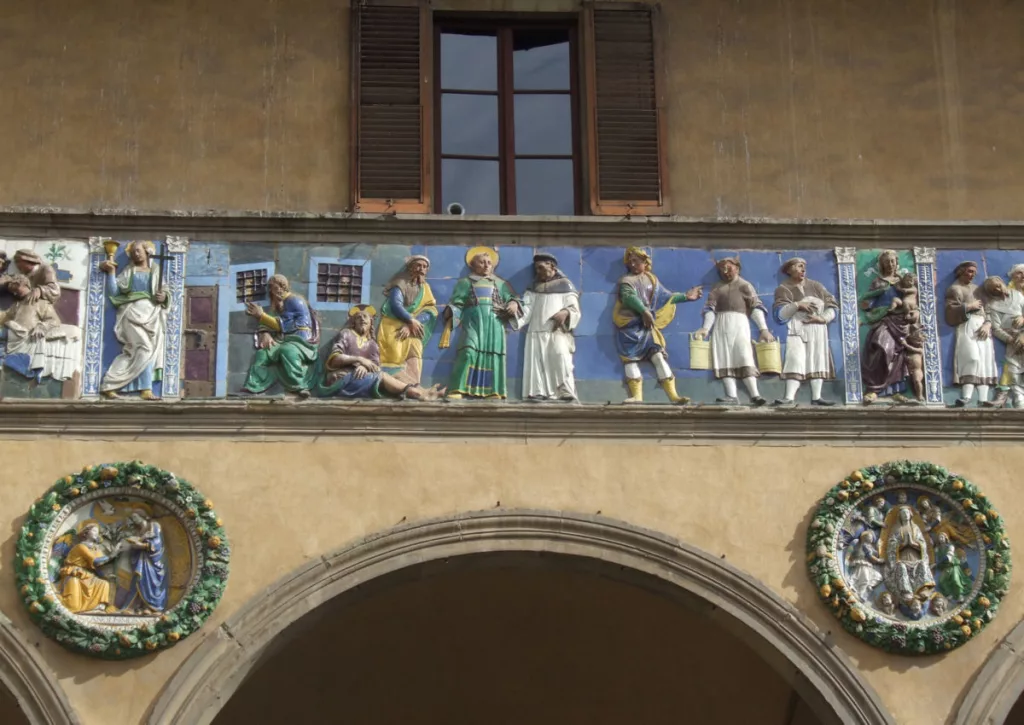

Outside the city walls, near the railway station, there is the Historical Rolling Stock, a national reference center for the repair and protection of steam locomotives, and the San Giorgio Library, the largest in Tuscany.
Do not miss the Medici Fortress Santa Barbara, the historic park of Villa Puccini in Scornio, the Siegfried Bartolini House-Museum and the Jorio Vivarelli Foundation.
Just outside the city is the Zoological Garden of Pistoia.
